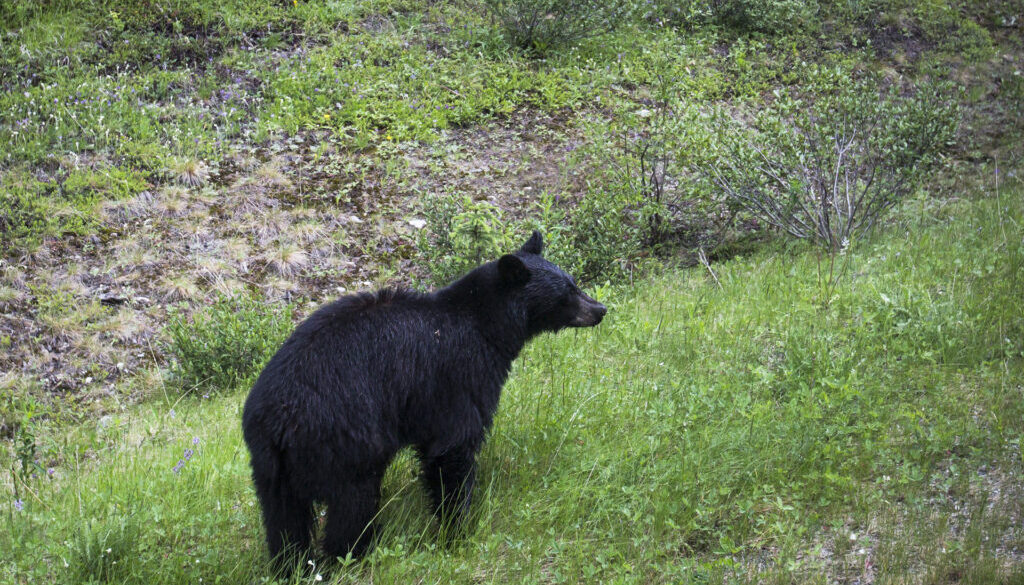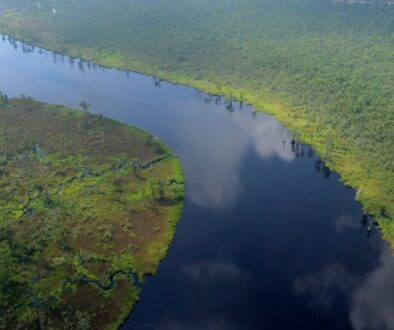Wisconsin residents clash over influence of hunting groups on conservation
Tracking and killing bears, wolves, and other animals in Wisconsin may be getting easier for hunters after recent rule changes to the state’s advisory process — moves that underscore clashes underway in many states between conservation groups and pro-hunting interests.
The rule changes in Wisconsin limit the resolutions an advisory group can present to the state’s department of natural resources, upsetting citizens who fear that protections for wildlife are weakening as pro-hunting interests gain ever more power.
In the latest skirmish, the advisory group has been blocked from recommending to the state resolutions that would have prohibited the use of dogs for wolf hunting and the use of chocolate bear bait. They also are blocked from putting forward a resolution that would have required hunters to register their bear-baiting sites.
Residents and advisory group members say the changes infringe on the democratic process, shutting out non-hunters from important decisions, and allowing harmful hunting practices to continue.
“By making these changes, they are really showing just how desperate they are to cling to the status quo,” said Amy Mueller, a volunteer with the Wisconsin Chapter of the Sierra Club, a nationwide environmental organization.
According to Mueller, the advisory group membership is disproportionately made up of members of pro-hunting groups, such as the Wisconsin Wildlife Federation, an organization “dedicated to the future of hunting, fishing, trapping and the shooting sports.”
Rob Bohmann, chairman of the advisory group — known as the Wisconsin Conservation Congress (WCC) — did not respond to a request for comment.
Citizens elect delegates to the WCC to advise the Wisconsin Natural Resources Board and the Wisconsin Department of Natural Resources on how to “responsibly manage Wisconsin’s natural resources for present and future generations.”
A nationwide trend
Decisions made by New Mexico’s Fish and Game Commission are “all about hunters, for hunters and by hunters,” according to Mary Katherine Ray, an environmental activist in that state who fought to ban trapping on New Mexico’s public lands. Ray doesn’t think hunting should factor into conservation work anywhere.
“It’s not conservation, it’s killing,” she said. “It is a problem everywhere that the people running the show are hunters,” she said.
Hunting groups, such as the Wisconsin Bear Hunters Association (WBHA), say hunting is a valuable part of the state’s outdoor heritage, and that hunting helps maintain wildlife health and solve problems for farmers who feel that bears and wolves are threatening their livestock. “Change is needed in this state’s current administration … when it comes to managing bear and wolves and [to] get the emotion out of science-based management,” wrote Carl Schoettel, the president of the WBHA, in a 2022 message to its members calling for the protection of the use of bear bait.
Funding for conservation work in the US has historically relied on funds from hunters. The Federal Aid in Wildlife Restoration Act, also known as the Pittman-Robertson Act of 1937, imposed a tax on firearms nationwide.
The revenue from that tax is given to the US Department of the Interior, which distributes it to states for use in natural resources work. In 2021, the act generated more than $1 billion in funds.
The funding that state natural resource agencies get through the Pittman-Robertson act varies state to state, but the proportion can be substantial. In 2018, about 43% of the appropriations for the Division of Fisheries and Wildlife in Massachusetts was generated by Pittman-Robertson, according to John Casellas Connors, assistant professor at Texas A&M University and author of a 2022 study on conservation policy funding.
In most states, the proportion of revenue at state wildlife agencies generated by the Pittman-Robertson Act is growing. The funding structure means that state natural resource agencies have incentives to act on hunter interests, especially since allocations are based on the number of registered hunters, said Casellas Connors.
“Our state fish and wildlife agencies play… a partial role in management of habitat where different species live,” he said. “Much of their focus is on species that are traditionally classified as game species. Pittman-Robertson has played an important role in that.”
 EWG
EWG


